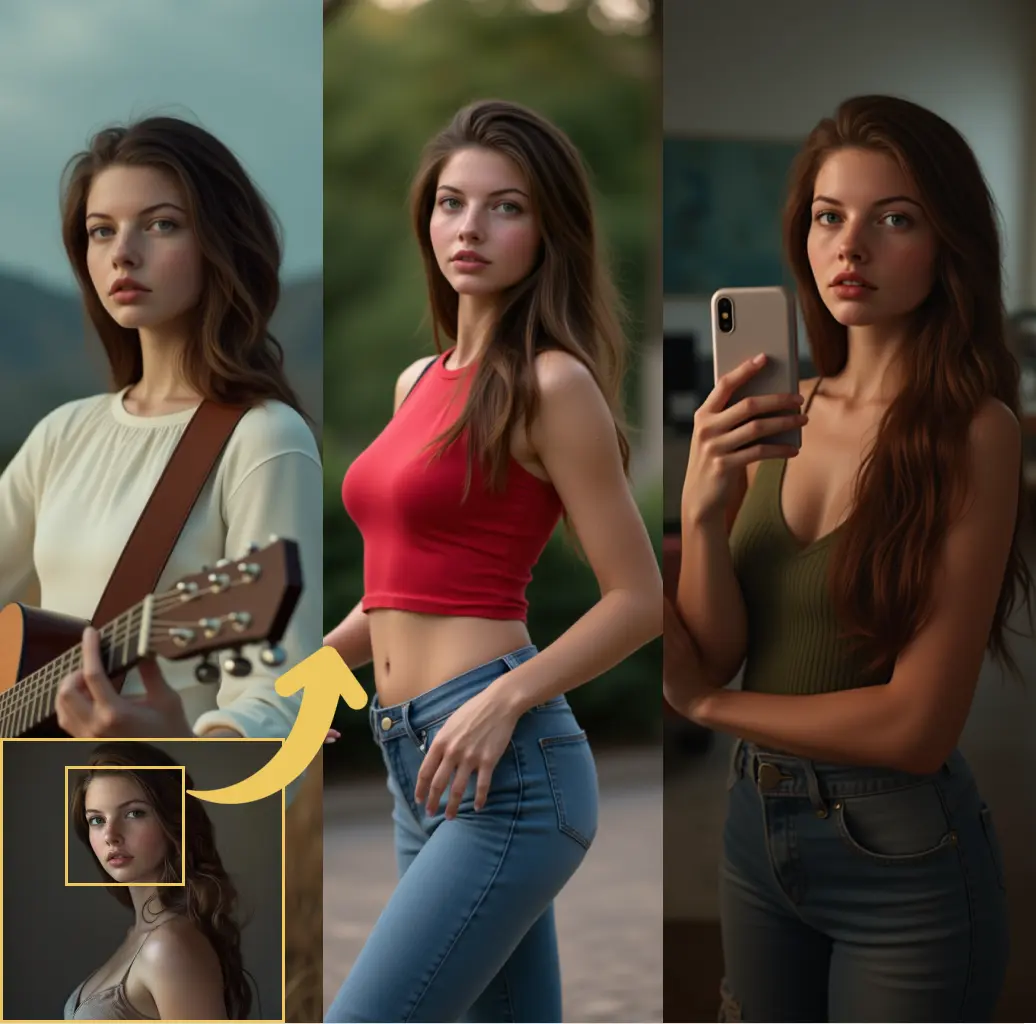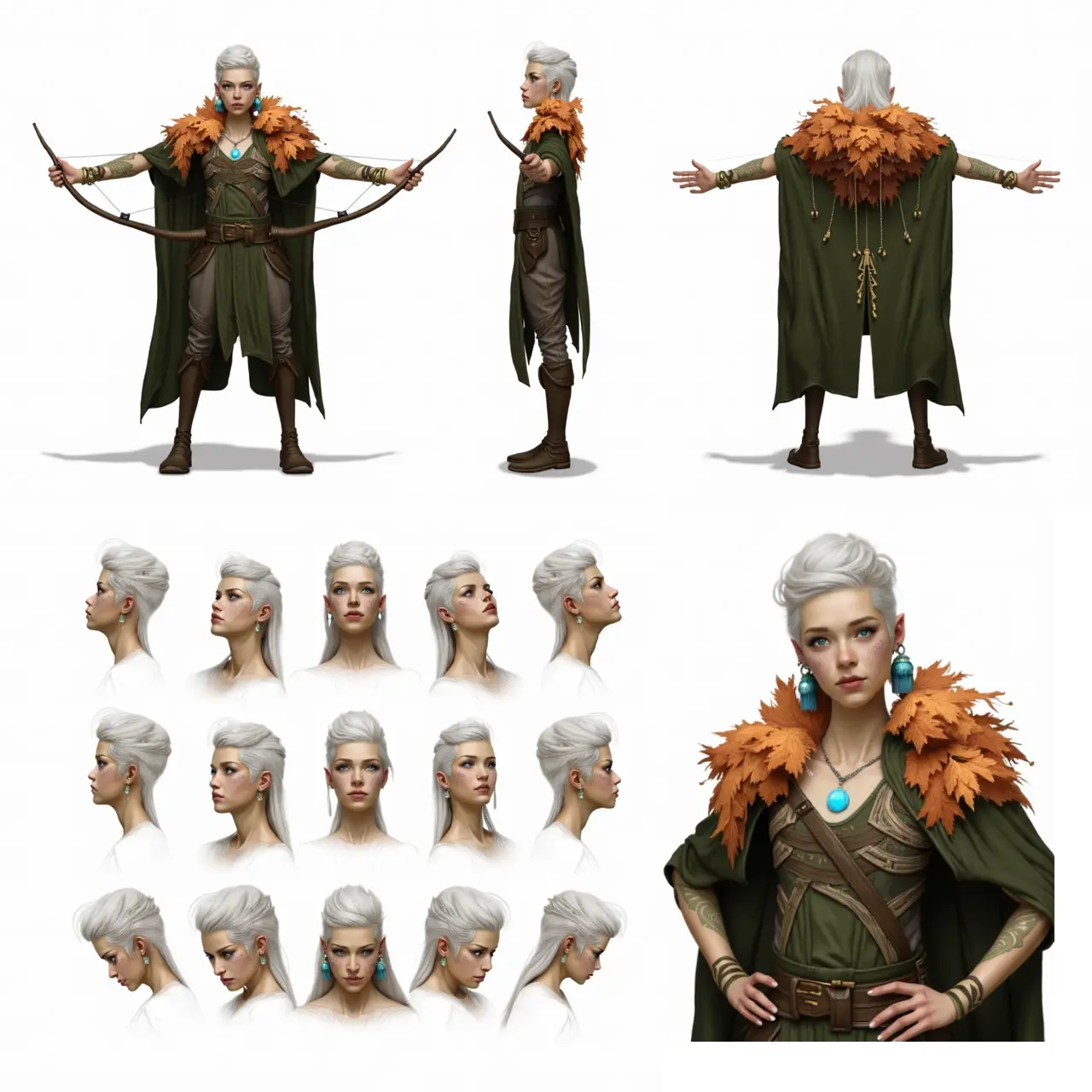ComfyUI Node: CLIP Vision Encode
CLIPVisionEncode
Categoryconditioning
ComfyAnonymous (Account age: 833days) Extension
ComfyUI Latest Updated
2025-04-05 Github Stars
73.39K
How to Install ComfyUI
Install this extension via the ComfyUI Manager by searching for ComfyUI- 1. Click the Manager button in the main menu
- 2. Select Custom Nodes Manager button
- 3. Enter ComfyUI in the search bar
Visit ComfyUI Online for ready-to-use ComfyUI environment
- Free trial available
- 16GB VRAM to 80GB VRAM GPU machines
- 400+ preloaded models/nodes
- Freedom to upload custom models/nodes
- 200+ ready-to-run workflows
- 100% private workspace with up to 200GB storage
- Dedicated Support
CLIP Vision Encode Description
Powerful node for image processing and encoding using CLIP Vision model, essential for AI artists and creative workflows.
CLIP Vision Encode:
CLIPVisionEncode is a powerful node designed to process and encode images using the CLIP (Contrastive Language-Image Pretraining) Vision model. This node is particularly useful for AI artists who want to leverage the capabilities of CLIP to generate image embeddings, which can then be used for various downstream tasks such as image generation, manipulation, and analysis. The primary function of this node is to take an initial image and encode it into a latent space representation, which can be further utilized in creative workflows. By using advanced techniques like image upscaling and augmentation, CLIPVisionEncode ensures that the encoded representations are robust and versatile, making it an essential tool for enhancing the quality and diversity of AI-generated art.
CLIP Vision Encode Input Parameters:
clip_vision
This parameter represents the CLIP Vision model instance that will be used to encode the image. It is essential for generating the image embeddings that form the basis of the node's output.
init_image
The initial image to be encoded. This image serves as the input for the CLIP Vision model, and its quality and content directly impact the resulting embeddings.
vae
The Variational Autoencoder (VAE) model used to encode the image into a latent space. The VAE helps in compressing the image data while preserving essential features, which are crucial for generating high-quality embeddings.
width
The target width for the image after upscaling. This parameter ensures that the image is resized to the desired dimensions before encoding. The default value is typically set to match the model's requirements.
height
The target height for the image after upscaling. Similar to the width parameter, this ensures that the image is resized appropriately. The default value is set to match the model's requirements.
video_frames
The number of frames to be generated for video processing. This parameter is particularly useful for tasks involving video generation or analysis, where multiple frames are needed.
motion_bucket_id
An identifier for the motion bucket, used to categorize and manage different motion sequences in video processing tasks. This helps in organizing and retrieving specific motion patterns.
fps
Frames per second for the video. This parameter determines the playback speed of the generated video frames, affecting the overall smoothness and flow of the video.
augmentation_level
The level of augmentation to be applied to the image. This parameter controls the amount of noise added to the image, which can help in making the embeddings more robust. The default value is typically set to a moderate level to balance between noise and image quality.
CLIP Vision Encode Output Parameters:
positive
A list containing the positive embeddings and associated metadata. This output includes the encoded image embeddings and additional information such as motion bucket ID, FPS, augmentation level, and the concatenated latent image. These embeddings are used for generating or analyzing positive samples in various tasks.
negative
A list containing the negative embeddings and associated metadata. Similar to the positive output, this includes encoded image embeddings and metadata, but represents negative samples. These are useful for tasks that require contrastive learning or differentiation between positive and negative samples.
samples
A tensor representing the latent space samples generated from the input image. This output is crucial for tasks that involve further manipulation or analysis of the latent representations, such as image generation or transformation.
CLIP Vision Encode Usage Tips:
- Ensure that the initial image (init_image) is of high quality to obtain the best possible embeddings.
- Adjust the width and height parameters to match the requirements of your specific task or model to avoid unnecessary resizing artifacts.
- Use the augmentation_level parameter to introduce variability in the embeddings, which can enhance the robustness of your models.
- For video-related tasks, carefully set the video_frames and fps parameters to achieve the desired video quality and playback speed.
CLIP Vision Encode Common Errors and Solutions:
"Invalid image dimensions"
- Explanation: The provided image dimensions do not match the expected input size for the CLIP Vision model.
- Solution: Ensure that the width and height parameters are set correctly to match the model's requirements.
"VAE encoding failed"
- Explanation: The Variational Autoencoder (VAE) encountered an issue while encoding the image.
- Solution: Verify that the VAE model is correctly initialized and that the input image is compatible with the VAE's expected input format.
"Insufficient video frames"
- Explanation: The number of video frames specified is too low for the desired output.
- Solution: Increase the video_frames parameter to ensure that enough frames are generated for smooth video playback.
"Augmentation level too high"
- Explanation: The augmentation level is set too high, resulting in excessive noise in the image.
- Solution: Reduce the augmentation_level parameter to a more moderate value to balance noise and image quality.
CLIP Vision Encode Related Nodes
RunComfy is the premier ComfyUI platform, offering ComfyUI online environment and services, along with ComfyUI workflows featuring stunning visuals. RunComfy also provides AI Playground, enabling artists to harness the latest AI tools to create incredible art.




